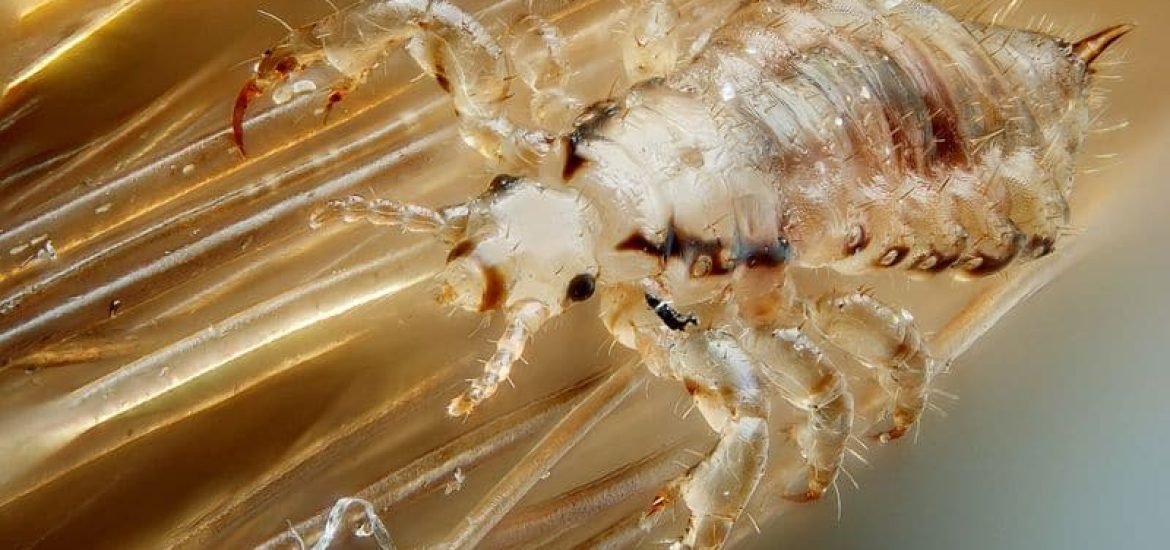
Researchers from multiple universities in Europe and South America extracted human ancient DNA from the substance that head lice use to glue their eggs to hairs from mummified remains dating back 1,500-2,000 years, providing a new critical window into our past, according to a study published in the journal Molecular Biology and Evolution (1). This is possible because skin cells become trapped in this substance produced by female lice as they attach eggs to hair.
The team extracted DNA from this substance from several mummified remains from Argentina. It’s believed these were people who reached the Andes mountains of the San Juan province around 1,500-2,000 years ago. Their analysis also included samples from human hair used in a textile from Chile and a shrunken head from the Jivaroan people of Ecuador.
It turns out this source of ancient DNA is of a better quality than DNA recovered from other places. These DNA samples contained about the same amount as a tooth, double that in a bone and about four times more than recovered from blood in more recent samples. “The high amount of DNA yield from this nit cement really came as a surprise to us, and it was striking to me that such small amounts could still give us all this information about who these people were and how the lice related to other lice species but also giving us hints to possible viral diseases,” said Dr. Mikkel Winther Pedersen from the GLOBE institute at the University of Copenhagen. “There is a hunt out for alternative sources of ancient human DNA, and nit cement might be one of those alternatives. I believe that future studies are needed before we really unravel this potential.”
Analysis of the DNA revealed a genetic link between these mummies and humans living in Amazonia 2,000 years ago, showing for the first time that the original population of the San Juan province migrated from the rainforest of the Amazon. In addition, analysis of the nits themselves also provided further information about health and even the cause of death for these people. For example, the small distance between the nits and the scalp indicates that these people were exposed to very low temperatures. Lice rely on the host’s heat to keep their eggs warm, and they lay closer to the scalp in cold environments.
“Like the fictional story of mosquitos encased in amber in the film Jurassic Park, carrying the DNA of the dinosaur host, we have shown that our genetic information can be preserved by the sticky substance produced by head lice on our hair. In addition to genetics, lice biology can provide valuable clues about how people lived and died thousands of years ago,” said Alejandra Perotti, Associate Professor in Invertebrate Biology at the University of Reading. “Demand for DNA samples from ancient human remains has grown in recent years as we seek to understand migration and diversity in ancient human populations. Head lice have accompanied humans throughout their entire existence, so this new method could open the door to a goldmine of information about our ancestors while preserving unique specimens.”
Until now, ancient DNA has been extracted from bone or teeth. However, sometimes these are not available, or it can be against local cultures to remove samples from indigenous remains. The team believes the same approach could be used in other situations where bone and tooth samples are not available, especially because nits are commonly found in the hair and clothes of well-preserved mummies.
(1) Pedersen M, Antunes C, Cahsan B, Moreno-Mayar J, Sikora M, Vinner L, Mann D, Klimov P, Black S, Michieli C, Braig H, Perotti M (2021) Ancient human genomes and environmental DNA from the cement attaching 2,000 year-old head lice nits, Molecular Biology and Evolution, https://doi.org/10.1093/molbev/msab351